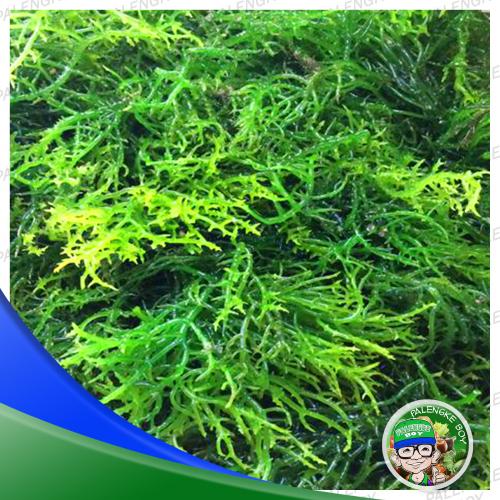A meat and vegetable stew from Argentina including traditional ingredients of sweet potatoes, squash and peaches or apricots. Serve this with a good crusty bread and a good Argentinean red wine. Found on About.com's website and posted for ZWT 4 - South/Central America. More than 100,000 small businesses and their teams trust Gusto. Guso's is such a humble and cute spot to enjoy a traditional Colombian breakfast and meals. Very economical, the coffee and the breakfast was delicious and fresh! The service was quick, the servers all wore masks, they were all kind, and cleaned every table after every use.

Halamang Dagat
Guso is a Bisaya term for a particular type of local seaweed, one of about 500 edible species found in the Philippines, where native seaweeds are commonly consumed. Guso is one of the major products of the waters in the area of Barobo in the area of Surigao del Sur. Seaweeds are farmed by selecting an area in which the desired species are endemic and with a water depth of about half a meter at low tide and at least two meters at high tide, so that seaweeds will not be overexposed to sunlight and air during low tide and will be exposed to enough sunlight penetration during high tide. Seawater temperature should be between 27° and 30°C. Two species of guso are cultured by seaweed growers in the area: Eucheuma spinosum and Eucheuma cottoni. Both are rich in iodine, calcium, antioxidants, vitamins and a natural fiber called alginate. Eucheuma spinosum, or green guso, is usually harvested for local consumption. It has a crunchy texture, but become softer when boiled for a few minutes. It has a naturally salty flavor. Eucheuma cottoni, or red guso or giant guso, is the most commonly cultured guso, and grows much faster than green guso. It can be harvested by pruning all of its branches or by harvesting the entire plant and replacing it with fresh cuttings, which is more often preformed before the plant reaches 1 kg in weight (which takes 45-60 days). The harvested seaweeds are stored in bamboo baskets and sold raw or dried for added value. These seaweeds are often prepared lightly boiled and mixed with spices, served as a side dish to other seafood. Seaweed is one of the most important aquaculture commodities in the Philippines. Seaweed farmers usually enjoy a good harvest from January to June, which are considered peak months for seaweed farming. However, changes in the industry have affected the traditional use of guso. In the 1960s an American seaweed processing company producing carrageenan, a seaweed derivative, transferred from Indonesia to the Philippines. Carrageenan is a gelatin-like extract of guso used as thickener, emulsifier, stabilizer or gelling agent in food, beverages, cosmetics and pharmaceuticals. Today, the edible guso can be found in just in wet markets in the Philippines, usually sold on weekends. Much of the quantity harvested, however, is exported either in raw form (fresh or dried seaweeds) or processed form (carrageenan and kelp powder). There are several reasons why guso is at risk of disappearing. Firstly, with exportations, guso is no longer found in local medium and larger sized grocery stores, and remains on the menu mainly in cafeterias as opposed to larger restaurants. Pollution in local waters has not necessarily killed off the seaweeds, but consumers are unlikely to seek guso from polluted waters or continue farming guso in these areas. Natural disasters, like Typhoon Haiyan, also destroyed a large amount of the nation’s seaweed producing areas. Finally, illegal and destructive fishing activities (the use of dynamite and cyanide) are damaging seaweed-growing areas.
 Back to the archive >
Back to the archive >A five-year programme (2016-2020) that aimed to empower all young people, specially girls and young women, to realise their sexual and reproductive health and rights.

GUSO united over 40 partner organisations through seven country alliances in Ethiopia, Ghana, Indonesia, Kenya, Malawi, Pakistan and Uganda. It was developed by a Consortium composed by: IPPF, Rutgers, CHOICE for Youth and Sexuality, Dance4Life, Simavi and Aidsfonds, with support from the Dutch Ministry of Foreign Affairs.
GUSO built on the previous achievements and learning, specially from the UFBR (2011-2015) and ASK (2013-2015) programmes.
Using Community Score Cards to Improve Services
You can learn how to use community score cards to effectively engage people to understand, assess, and demand their rights to services in their community through a 10-minute Ready-to-Go Mobile-Guide.
The guide is for program managers and leaders to promote social accountability from service providers to service users. It provides guidance on designing and implementing score cards for service users and service providers to assess the availability, accessibility, and quality of services and to develop action plans towards improving such services.
It was designed by IPPF in collaboration with the Cornerstone OnDemand Foundation, specifically for mobile devices (smartphones and tablets) to support learners on the go.

Available at disasterready.org
You can also download this manual focused on Youth-led Social Accountability on SRHR services.
A free, online course that covers all the basics of abortion, to increase your confidence and ability to raise awareness and advocate for safe abortion. This is a ready-made tool for team inductions and projects’ inception.
An updated version (2020) includes animated short videos to learn about the two types of safe abortion: medical and surgical; specific reference to gender as it relates to abortion; guidance on abortion in humanitarian settings; Trans-inclusive abortion services; Disability Inclusion in Abortion and Contraceptive Care and much more. This was developed with the Youth Abortion Stigma programme.
Gusto Contact Number
Available at disasterready.org

Gusoline Alley
Useful Links
